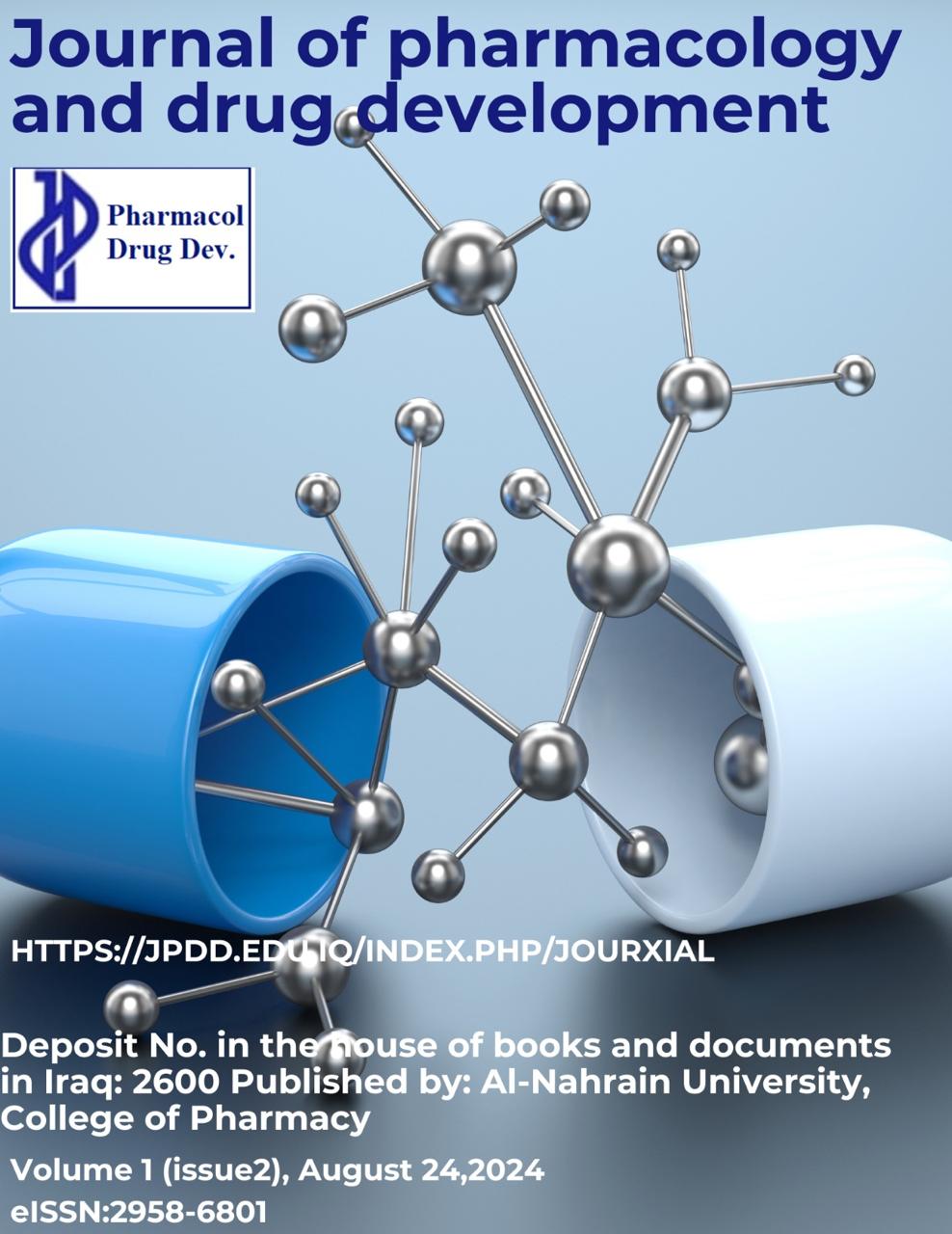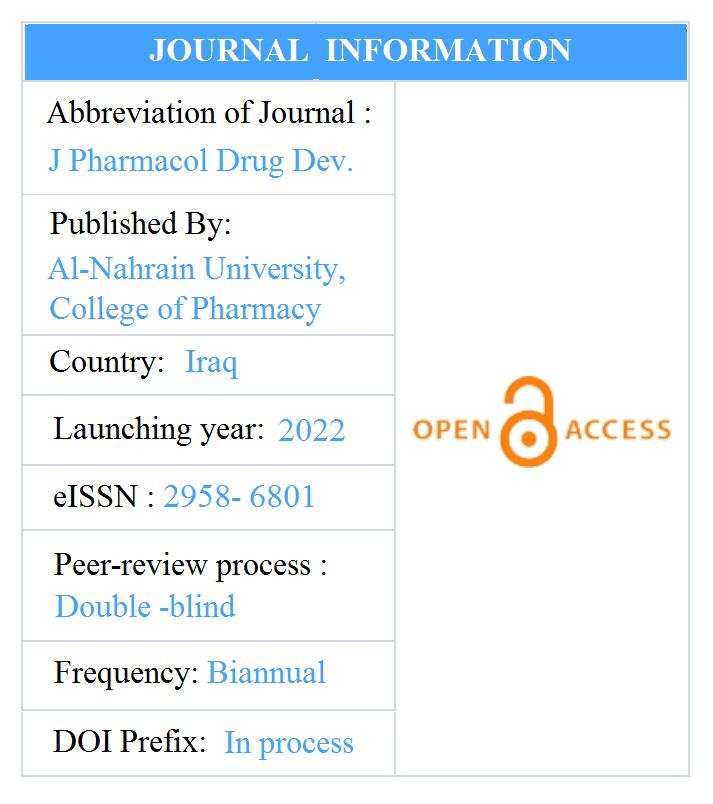Design, Molecular Docking and ADME Studies of New Imidazolidine Derivatives
Keywords:
Imidazolidine, COX-2, Docking, ADME, Lipinski ruleAbstract
The protective reaction of an organism to potentially harmful stimuli is known as inflammation,
and it can result from a variety of sources, including physical, chemical, or viral injuries. A large
number of people in our society suffer from long-term inflammatory diseases, which makes it
necessary to constantly develop new anti-inflammatory drugs. The development of powerful antiinflammatory medications has advanced significantly in recent years. As a result, heterocyclic compounds made up a sizeable fraction of organic chemistry due to their pharmacological activity and distinct physical traits that distinguished them from other cyclic compounds. One of the most common N-based heterocyclic molecules is imidazolidine. Numerous scientists have become interested in it because of the variety of industrial and pharmacological uses. In the present study, the work dedicated to designed new imidazolidine derivatives. Molecular Docking Software (Schrodinger) was used to check the binding interaction between new derivatives (4N, 4M, 4D, 4In, 4Ib) and the cyclooxygenase active site of COX-2 in comparison with naproxen, mefenamic acid, diclofenac, indomethacin and
ibuprofen as references drugs respectively. The results demonstrated that good binding affinity achieved by all new compounds with the exception of 4D derivative in comparison with diclofenac. Finally, the findings of the ADME study demonstrated that all new derivatives met the Lipinski rule of five and expected to be highly absorbed from gastrointestinal tract.





